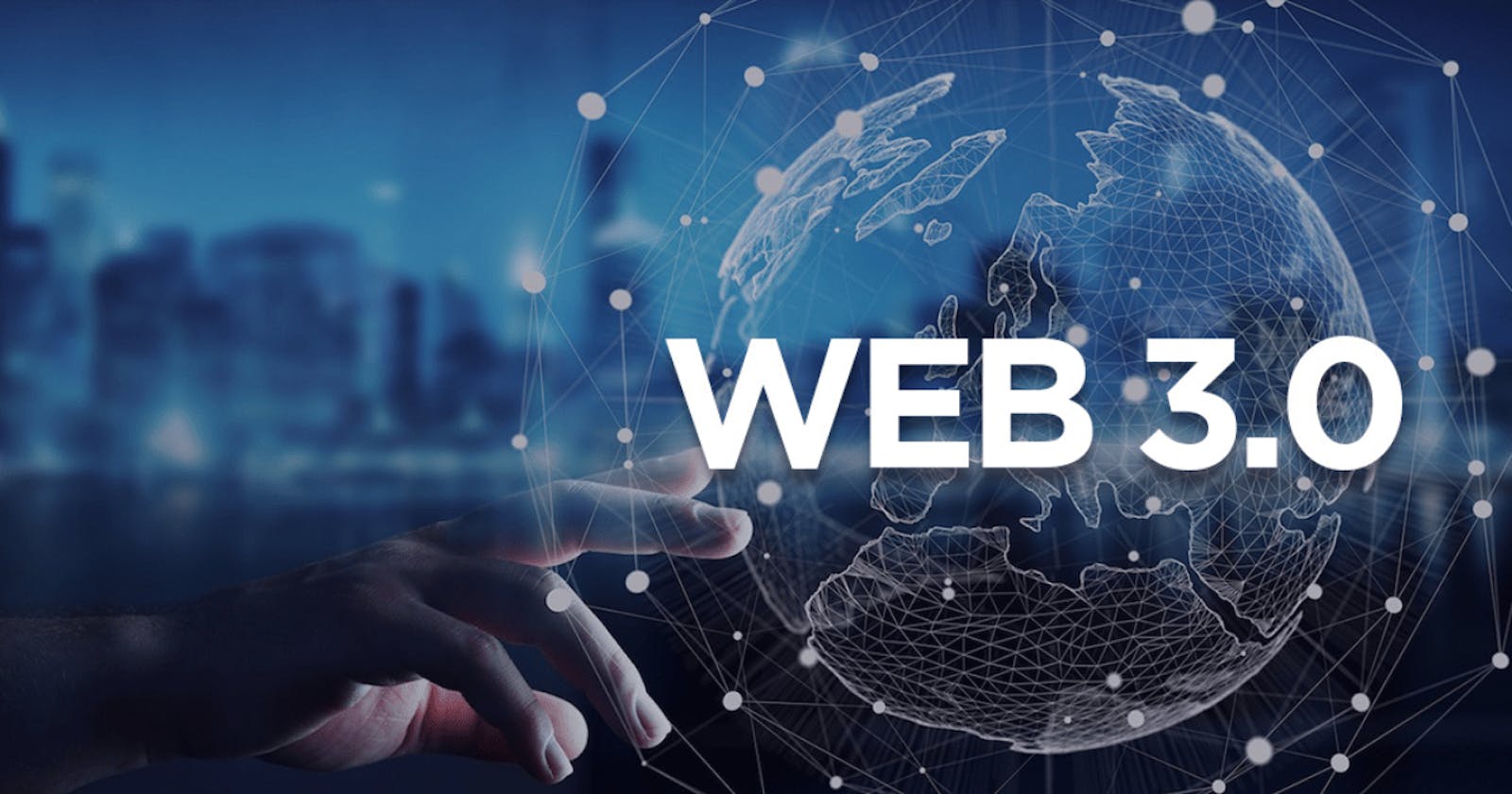Introduction
The evolution of the internet has revolutionized our lives in numerous ways, from connecting people around the globe to enabling seamless information exchange. Now, a new phase of the internet is emerging, known as Web 3.0. This next-generation internet promises to bring about even more significant advancements, offering enhanced security, privacy, decentralization, and user empowerment. In this blog post, we'll explore the concept of Web 3.0 and its potential implications for the future.
Understanding Web 3.0
Web 3.0, often referred to as the "semantic web," is a vision of the internet that aims to create a more intelligent, interconnected, and decentralized online ecosystem. It goes beyond the traditional static web pages and focuses on dynamic, personalized, and contextually aware experiences. Web 3.0 is characterized by several key features:
1. Decentralization: Web 3.0 aims to move away from the current centralized model, where a few tech giants control and monetize user data. Decentralization is achieved through technologies like blockchain and decentralized protocols, which distribute data and control across a network of computers. This shift enables greater transparency, resilience, and user control over personal information.
2. Interoperability: Web 3.0 seeks to enable seamless data sharing and interoperability between different platforms, applications, and services. It aims to break down data silos and create a more connected digital landscape, where information can flow freely and securely across various systems. This interoperability paves the way for innovative applications and services that leverage data from multiple sources.
3. Enhanced Privacy and Security: Web 3.0 prioritizes user privacy and data security. It aims to give individuals more control over their personal information, allowing them to choose how and when their data is shared. By utilizing cryptographic techniques and decentralized identity systems, Web 3.0 strives to create a more secure online environment, reducing the risks of data breaches and unauthorized access.
4. Artificial Intelligence and Machine Learning: Web 3.0 integrates artificial intelligence (AI) and machine learning (ML) technologies to provide personalized, context-aware experiences. Through sophisticated algorithms and data analysis, the web can understand user preferences, anticipate needs, and deliver tailored content and services. This intelligent web enables more efficient and meaningful interactions between users and technology.
Implications of Web 3.0
The advent of Web 3.0 brings forth a range of implications and opportunities across various domains:
1. Economy and Finance: Web 3.0 introduces decentralized financial systems, often referred to as "DeFi," which eliminate intermediaries and enable peer-to-peer transactions and smart contracts. This decentralized economy has the potential to transform traditional financial systems, making them more inclusive, efficient, and transparent.
2. Digital Identity: Web 3.0 offers decentralized identity systems that give individuals more control over their online identities. Users can manage their digital personas, selectively share personal information, and maintain privacy across different online platforms. This shift could enhance online security, reduce identity theft, and empower individuals to manage their digital presence more effectively.
3. Internet of Things (IoT): Web 3.0 can facilitate the growth of the IoT by providing a secure and interoperable infrastructure for connected devices. With decentralized protocols and smart contracts, Web 3.0 can enable autonomous device interactions, secure data sharing, and improved management of IoT networks.
4. Content Creation and Ownership: Web 3.0 allows creators to have greater ownership and control over their digital content. Through blockchain-based platforms, artists, writers, and musicians can monetize their creations directly, bypassing traditional intermediaries. Additionally, decentralized storage systems ensure the permanence and immutability of content.
Here's a simple code snippet to demonstrate a basic Web 3.0 functionality using JavaScript and the Ethereum blockchain:
// Import required libraries
const Web3 = require('web3');
const contractABI = require('./contractABI.json');
// Set up web3 provider
const providerURL = 'ropsten.infura.io/v3/your_infura_project_id';
const web3 = new Web3(new Web3.providers.HttpProvider(providerURL));
// Set up contract instance
const contractAddress = '0x123456789abcdef'; // Replace with your contract address
const contract = new web3.eth.Contract(contractABI, contractAddress);
// Define a function to interact with the contract
async function performContractInteraction() {
try {
// Get current user account
const accounts = await web3.eth.getAccounts();
const userAccount = accounts[0];
// Call a contract method
const result = await contract.methods.myMethod().call({ from: userAccount });
// Process the result
console.log('Contract method result:', result);
} catch (error) {
console.error('Contract interaction error:', error);
}
}
// Call the function to interact with the contract
performContractInteraction();
In this code snippet, we first import the necessary libraries, including web3 for interacting with the Ethereum blockchain and contractABI which contains the ABI (Application Binary Interface) of your smart contract.
We then set up a web3 provider using Infura's API endpoint (replace your_infura_project_id with your actual Infura project ID) to connect to the Ethereum network.
Next, we create an instance of your smart contract by providing the contract's ABI and address.
The performContractInteraction() function is an example of interacting with the contract. Inside this function, you can modify it to call your specific contract method and pass any required parameters. The example assumes you have a method called myMethod() in your contract. The from parameter specifies the user's Ethereum account that will be used to make the contract call.
Finally, we call the performContractInteraction() function to execute the contract interaction. The result is logged to the console, but you can modify the code to perform other actions or handle the result as needed.
Please note that this code snippet assumes you have already installed the necessary dependencies (e.g., web3) and have a valid contract ABI and address. Additionally, make sure you select the appropriate network (e.g., Ropsten, Mainnet) based on your requirements.
